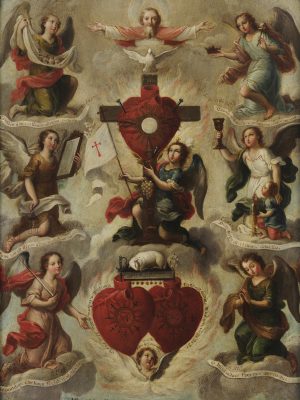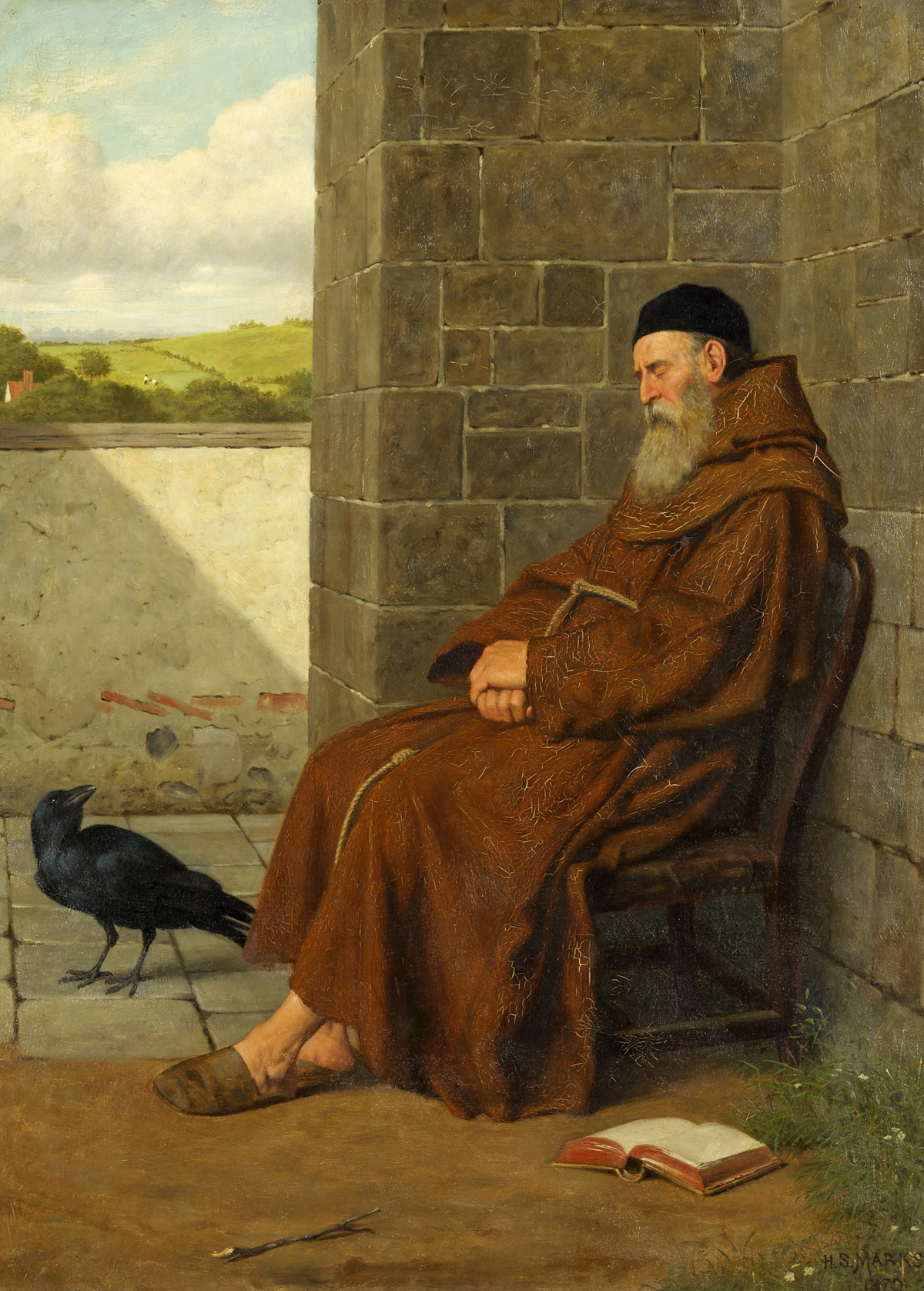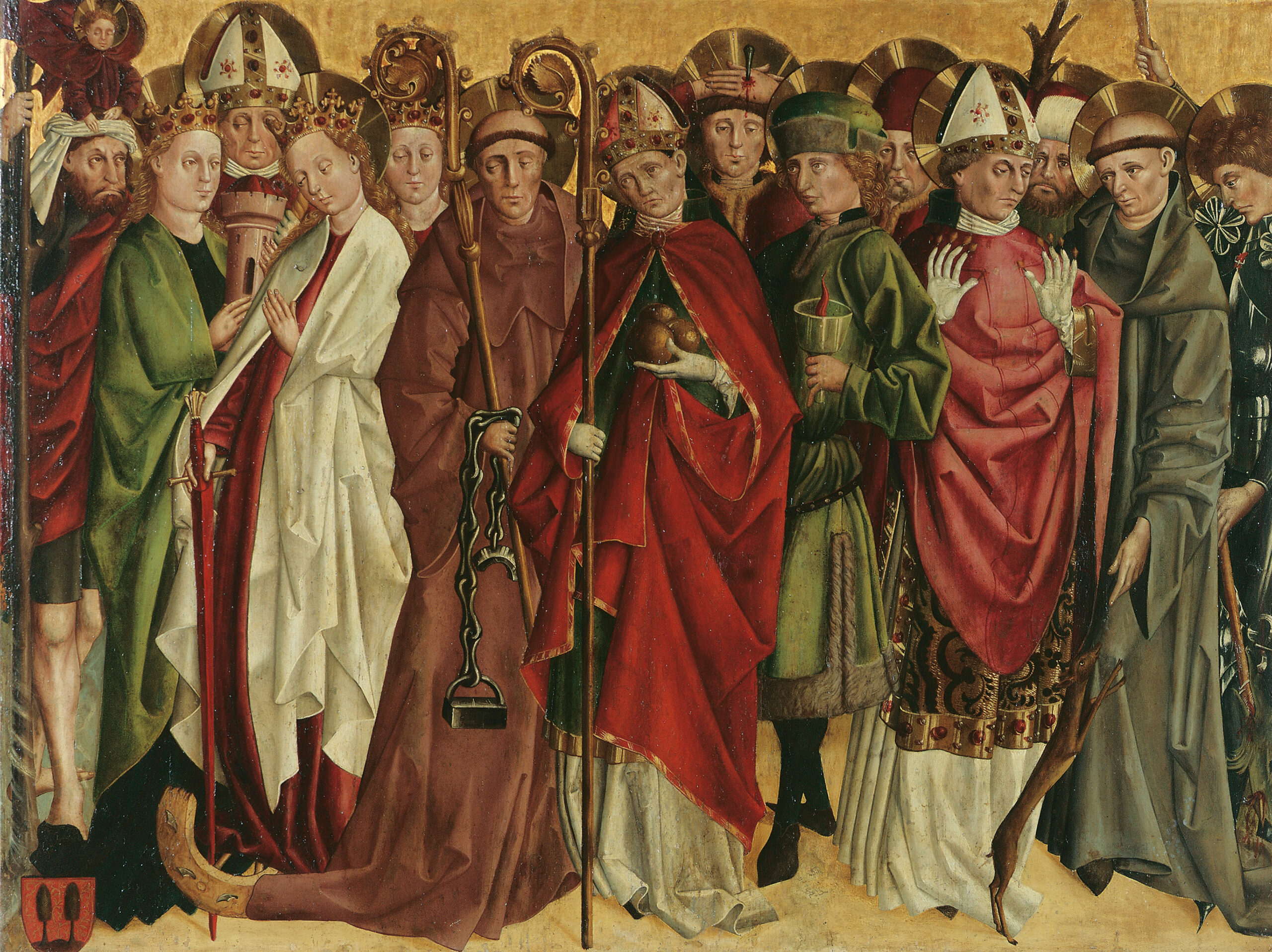One of the greatest mysteries of Faith is the True Presence. Read this excerpt from the Catechism of the Council of Trent for the full truth of this mystery.
To begin with the first of these mysteries, pastors should give their best attention to show how clear and explicit are the words of our Saviour which establish the Real Presence of His Body in this Sacrament.
Proof from Scripture
When Our Lord says: This is my body, this is my blood, no person of sound mind can mistake His meaning, particularly since there is reference to Christ’s human nature, the reality of which the Catholic Faith permits no one to doubt. The admirable words of St. Hilary, a man not less eminent for piety than learning, are apt here: When Our Lord himself declares, as our faith teaches us, that His flesh is food indeed, what room can remain for doubt concerning the real presence of His body and blood?
Pastors should also adduce another passage from which it can be clearly seen that the true Body and Blood of Our Lord are contained in the Eucharist. The Apostle, after having recorded the Consecration of bread and wine by Our Lord, and also the administration of Communion to the Apostles, adds: But let a man prove himself, and so eat of that bread and drink of the chalice; for he that eateth and drinketh unworthily, eateth and drinketh judgment to himself, not discerning the body of the Lord. (1 Cor. 11:28, 29).
If, as heretics continually repeat, the Sacrament presents nothing to our veneration but a memorial and sign of the Passion of Christ, why was there need to exhort the faithful, in language so energetic, to prove themselves? By the terrible word judgment, the Apostle shows how enormous is the guilt of those who receive unworthily and do not distinguish from common food the Body of the Lord concealed in the Eucharist.
In the same Epistle St. Paul had already developed this doctrine more fully, when he said: The chalice of benediction which we bless, is it not the communion of the blood of Christ? and the bread which we break, is it not the participation of the body of the Lord? (1 Cor. 10:16). Now these words signify the real substance of the Body and Blood of Christ the Lord.
Proof from the Teaching of the Church
These passages of Scripture are therefore to be expounded by pastors; and they should especially teach that there is nothing doubtful or uncertain about them. All the more certain are they since the infallible teaching of God’s Church has interpreted them, as may be ascertained in a twofold manner.
Testimony of the Fathers
The first is by consulting the Fathers who flourished in the early ages of the Church and in each succeeding century, who are the most unexceptionable witnesses of her doctrine. All of these teach in the clearest terms and with the most entire unanimity the truth of this dogma. To adduce the individual testimony of each Father would prove an endless task. It is enough, therefore, that we cite, or rather point out a few, whose testimony will afford an easy criterion by which to judge of the rest.
Let St. Ambrose first declare his faith. In his book On Those Who Are Initiated into the Mysteries he says that the true Body of Christ is received in this Sacrament, just as the true body of Christ was derived from the Virgin, and that this truth is to be believed with the firm certainty of faith. In another place he teaches that before Consecration there is only bread, but after Consecration there is the Flesh of Christ. St. Chrysostom, another witness of equal authority and gravity, professes and proclaims this mysterious truth in many passages, but particularly in his sixtieth homily, On Those Who Receive the Sacred Mysteries Unworthily; and also in his forty-fourth and forty-fifth homilies on St. John. Let us, he says, obey, not contradict God, although what He says may seem contrary to our reason and our sight. His words cannot deceive, our senses are easily deceived.
With this doctrine fully agrees the uniform teaching of St. Augustine, that most zealous defender of Catholic Faith, particularly when in his explanation of the thirty-third Psalm he says: To carry himself in his own hands is impossible to man, and peculiar to Christ alone; He was carried in His own hands when, giving His body to be eaten, He said, This is my body.
To pass by Justin and Irenaeus, St. Cyril, in his fourth book on St. John, declares in such express terms that the true Body of Our Lord is contained in this Sacrament, that no sophistry, no captious interpretations can obscure his meaning.
Should pastors wish for additional testimonies of the Fathers, they will find it easy to add St. Denis, St. Hilary, St. Jerome, St. Damascene and a host of others, whose weighty teaching on this most important subject has been collected by the labor and industry of learned and pious men.
Teaching of the Councils
Another means of ascertaining the belief of the holy Church on matters of faith is the condemnation of the contrary doctrine and opinion. It is manifest that belief in the Real Presence of the Body of Christ in the holy Sacrament of the Eucharist was so spread and taught throughout the universal Church and unanimously professed by all the faithful, that when, five centuries ago, Berengarius presumed to deny this dogma, asserting that the Eucharist was only a sign, he was unanimously condemned in the Council of Vercelli, which Leo IX had immediately convoked, whereupon he himself anathemized his error. Relapsing, however, into the same wicked folly, he was condemned by three different Councils, convened, one at Tours, the other two at Rome; of the two latter, one was summoned by Pope Nicholas II, the other by Pope Gregory VIII. The General Council of Lateran, held under Innocent III, further ratified the sentence. Finally this truth was more clearly defined and established in the Councils of Florence and Trent.
ooo
This article is taken from a chapter in Catechism of the Council of Trent which is available from TAN Books.









